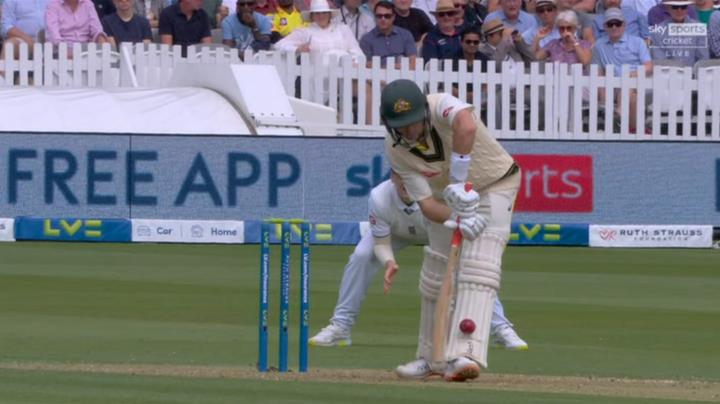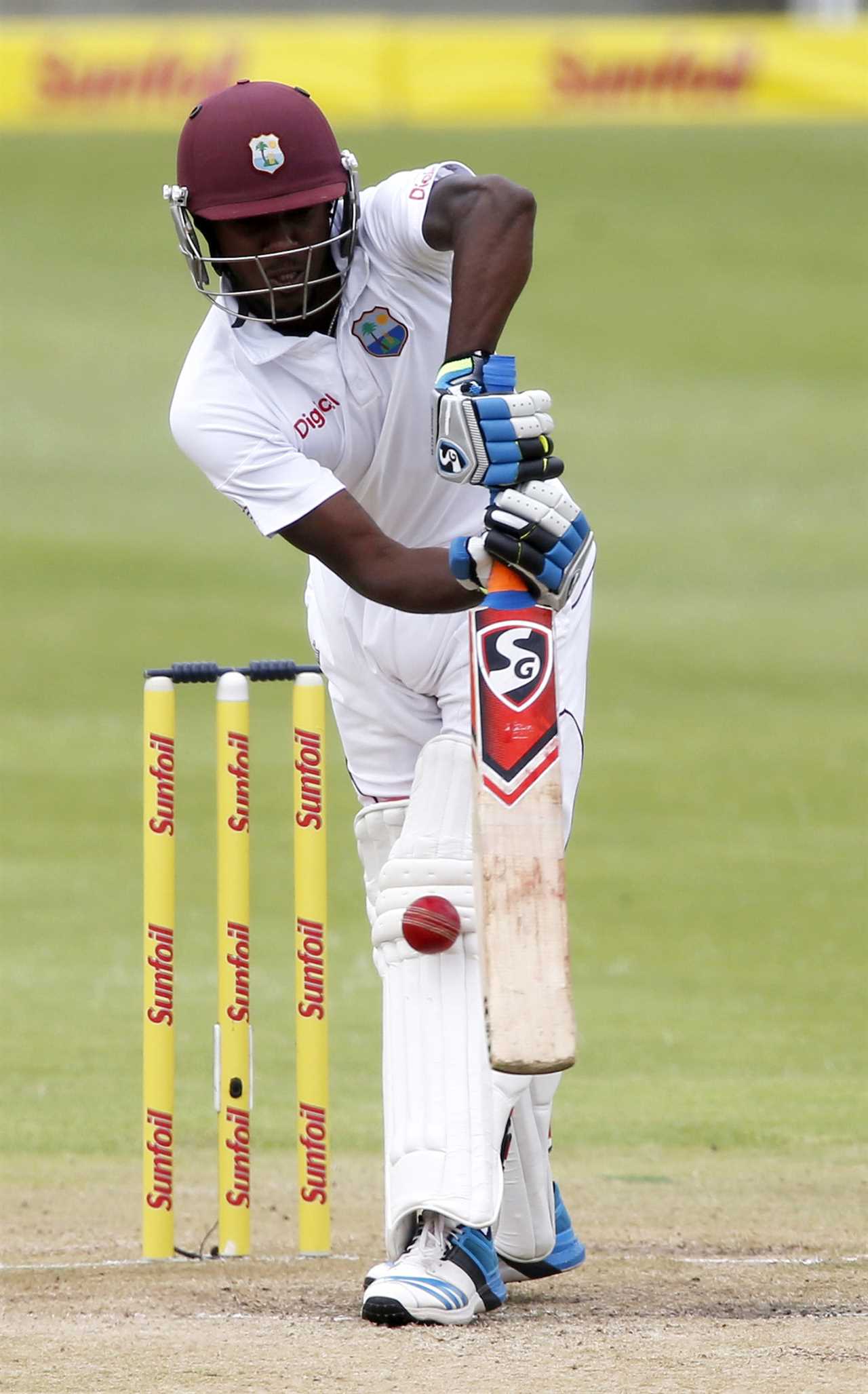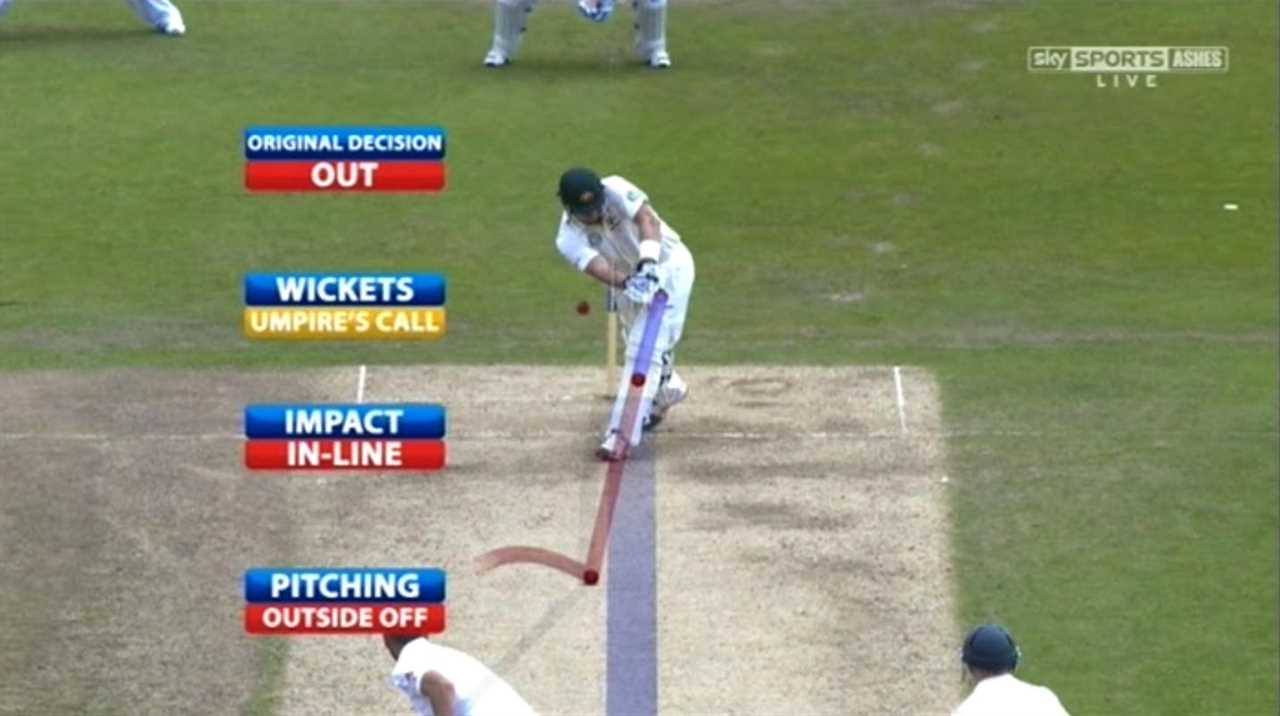LBW is one of the key ways to get a batter out in cricket.
Stuart Broad attempted to get Australia’s Marnus Labuschange out with an LBW during the first day of the 2023 Ashes second test.

Stuart Broad’s delivery hits Marcus Labuschagne on the pads
But what is an LBW and how does it work?
What is LBW?
One of the most common things you’ll hear in cricket commentary is the term ‘LBW’.
A batsman can be given out LBW – which stands for ‘leg before wicket’ – from any legal delivery in the innings.
In simple terms, a batsman is out LBW when all these criteria happen at once:
- The ball was going on to hit the stumps but was blocked by the pad.
- The impact of the ball was in line with the stumps.
- The batsman missed the ball entirely with their bat.
- The ball did not pitch outside the line of the leg stump.
A batsman can NOT be given out if any one of these criteria has not been met.
So if there is an edge from the bat onto the pad first, LBW can’t be given by the umpire.
Of course, there is no way of knowing in real-time whether the ball would definitely go on to hit the stumps as it’s been blocked by the pads – but that is where umpires come in.

If a player has missed the ball and the umpire decides it was going to hit the stumps, he’s likely to be on his way back to the pavilion
How does Umpire’s Call work?
When a fielding team believes they have an LBW wicket, they are required to ‘appeal’ to the umpire for his decision.
The umpire must decide if the criteria above have all been met and make his/her decision accordingly.
In recent years, the Decision Review System (DRS) has entered the game and allows teams to review a decision they believe the umpire has got wrong.
Technology is then used to see if the LBW criteria have been met.
The third umpire in the stands will assess if the ball has hit the bat using a ‘Snickometer’ sound measurement, then use HawkEye to see if it would have gone on to hit the stumps.

The HawkEye system will assess where the ball pitched, if the impact was in-line with the stumps and whether it was hitting the wickets
HawkEye is a ball-tracking system that models the flight of the ball and predicts its path if the batter wasn’t there – but it does have a small margin of error.
As a result, very tight calls use what is called Umpire’s Call.
For example, if less than half of the ball is deemed to be hitting the outside of either leg or off stump on the review, it will be deemed as Umpire’s Call.
This means that the decision made by the on-field umpire will stand regardless of the other criteria being met for an LBW call.
 Cricket NewsTips and TricksPrivacy PolicyTerms And Conditions
Cricket NewsTips and TricksPrivacy PolicyTerms And Conditions
